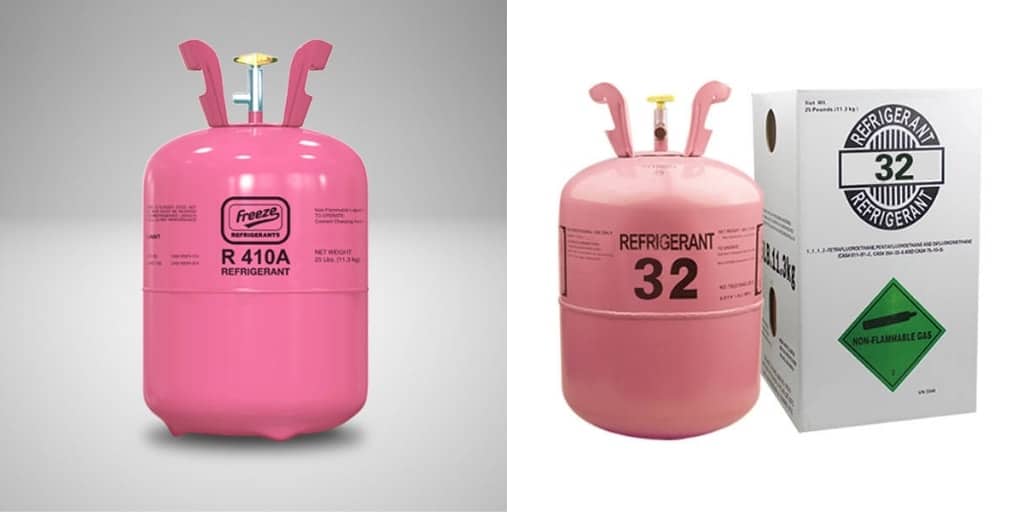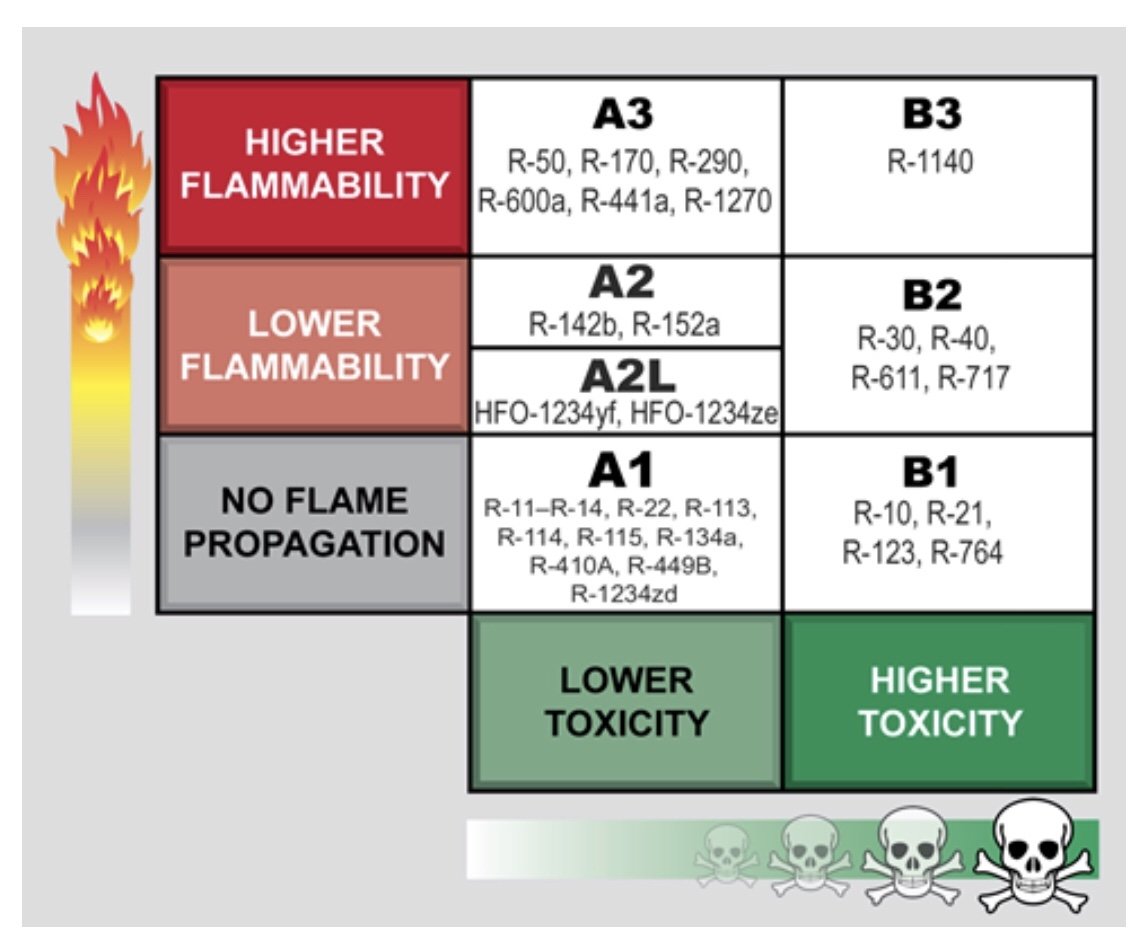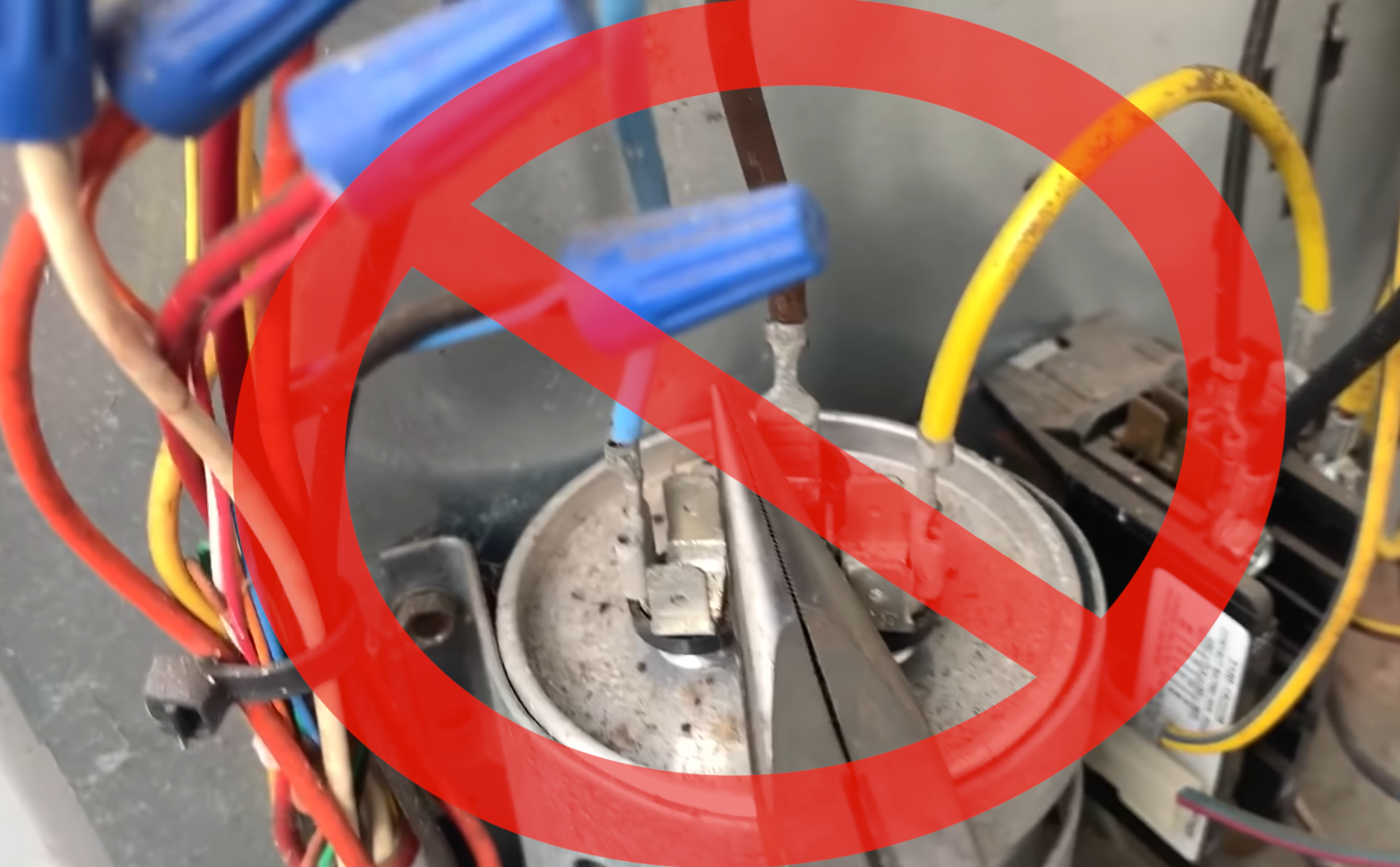Get Tech Tips
Subscribe to free tech tips.
What Techs Need to Know About A2L Refrigerants

This article is based on the recent HVAC School podcast episode on A2L refrigerants with Jason Obrzut. You can listen to that podcast HERE. Jason is a member of the AHRI Safe Refrigerant Transition Task Force and has co-authored Refrigeration and Air Conditioning Technology (the RACT manual). You can access AHRI’s A2L refrigerant resources at ahrinet.org/saferefrigerant.
We’ve seen the R-22 phaseout in full swing for years. For a while now, we've accepted R-410A as an R-22 replacement. R-410A is a non-toxic, non-flammable refrigerant blend that doesn't deplete the ozone layer.
Guess what? R-410A is also slated for a phase-down, as all HFC refrigerants will be. A phase-down differs from a phaseout in that it will be incremental and span over a few years. The goal of the phase-down is to reduce R-410A production and importation by 85% over the next 15 years.
The EPA's final ruling states that the R-410A phasedown will begin on January 1, 2022. It will start with a 10% reduction in R-410A production and importation. On January 1, 2024, it will jump to 40%. By 2027, that reduction will hit 70%. In 2034, we will hit the 80% reduction milestone, and the final step of the phase-down is the 85% reduction in 2036. To learn more about the ruling, check the EPA's fact sheet.


So, what are we going to do to make up for the R-410A reduction?
We'll use refrigerants with low global warming potentials (GWP) like propane (R-290), hydrocarbons, and CO2. However, propane, butane, and hydrocarbons are very flammable. CO2 is also impractical for most residential applications right now. The focus has shifted to other refrigerants that are as practical as hydrocarbons but less flammable. These refrigerants can still catch fire though, so they warrant a special ASHRAE classification, A2L.
ASHRAE Classifications

ASHRAE uses a refrigerant classification system based on each refrigerant’s toxicity (A and B) and flammability (traditionally 1, 2, and 3). Just so we’re all on the same page, I’m going to cover those quickly. Class A refrigerants have low toxicity and include many familiar names, including R-22, R-410A, and R-12. Class B refrigerants are toxic and include ammonia and R-21.
On the number side, Class 1 refrigerants don’t propagate flame (though they are not entirely flameproof), including R-22 and R-410A. Class 2 and 2L refrigerants are flammable and include blends like R-142b and R-30. Class 3 refrigerants are highly flammable and include propane (R-290). So, as a low-toxicity and non-flammable refrigerant, R-22 falls into the A1 category.
In recent years, ASHRAE has amended its system to account for mildly flammable, low-toxicity refrigerants. ASHRAE sorts those refrigerants into the A2L category, including R-32. While A2L refrigerants are far less flammable than A3 and even A2 refrigerants, we still need to take extra precautions that we didn’t need to take with R-22 and R-410A.
Properties of A2L Refrigerants

When you look at the physical and chemical properties of A2L refrigerants, they aren’t all that different from HCFCs and HFCs. You can find a detailed breakdown of the physical, chemical, and environmental properties in THIS AHRI document.
As with all other refrigerant categories, the pressure, temperature, and viscosity of A2L refrigerants vary by each refrigerant type. There is not a hard, fast rule for the thermodynamic properties of A2L refrigerants.
As with A1 refrigerants, some A2L refrigerants are pure, and others are blends. In pure refrigerants like R-32, you do not need to anticipate glide. However, you can expect there to be some temperature glide in refrigerant blends like R-452B and R-454A. If you’d like to learn more about glide, we recommend reading THIS article and using the Danfoss Ref Tools app.
When we look at the environmental properties of A2L refrigerants, we should note that they all have an ozone-depleting potential (ODP) of 0. Most refrigerants with an ODP above 0 are currently being phased out or have already been, including R-12 and R-22.
The environmental property of more interest is global warming potential (GWP). R-410A was touted as a substitute for R-22 because it had an ODP of 0, but it is still a greenhouse gas. According to John Tomczyk, R-410A has an undesirably high GWP of 2,088. Remember, a refrigerant’s GWP is like its score at golf: the lower, the better.
According to Daikin, R-32 only has a GWP of around 675. That’s roughly a third of the GWP as R-410A, so R-32 and the other A2L refrigerants will do much less damage to the environment in the long term. CO2 has the lowest GWP of all (1), but that refrigerant is impractical for widespread usage.

Flammability Concerns
Many of us residential techs have almost exclusively worked with R-22 and R-410A for (or R-12 if your career goes way back). So, the thought of working with a flammable refrigerant may be a bit concerning.
Believe it or not, we’ve already been working with refrigerants that can catch fire. Even A1 refrigerants can combust under the right conditions. Obviously, it takes a lot less to make propane combust than R-22, but let’s keep in mind that all refrigerants have some risk of combustion.
A1 refrigerants demonstrate “no flame propagation” under a specific set of temperature and pressure conditions: 60°C (140°F) and 101.3 kPa (~14.7 PSI: atmospheric pressure). So, while a mere static spark won’t make A1 refrigerants catch fire, an externally fueled fire can spread to them and cause them to combust.
By comparison, A3 refrigerants like R-290 do propagate flame at 140°F and 14.7 PSI, and you would have to take precautions when using these refrigerants. A3 refrigerants also have a very low minimum ignition energy (MIE); it doesn’t take much energy at all to ignite them. According to AHRI, the MIE of A2L refrigerants is “magnitudes” higher than A3 refrigerants, and A2L refrigerants burn much more slowly.
To put the flammability of A2L refrigerants into perspective, a 2018 Purdue University study by Dennis Kim and Peter Sunderland determined that hot wires, lit cigarettes, and direct flames could ignite A2L refrigerant leaks. However, hot plates, static sparks, hairdryers, and several other heat sources could not start fires from those leaks.
If you’re already following all the best practices, working with A2L refrigerants will be similar to working with R-22 and R-410A. If you’re smoking around units and tanks, then that’s clearly not good, but you don’t have to worry about static sparks causing fires.
Servicing A2L Refrigerant Systems

Even though A2L refrigerants’ flammability warrants some extra caution on our part, it’s unlikely you’ll service A2L systems much differently than A1 ones. For a detailed presentation on servicing A2L refrigerant systems, check out THIS AHRI webinar with Jason Obrzut.
Most of your Jobsite safety measures will remain the same, especially when it comes to working with oxygen-displacing substances in confined spaces. However, there is a slightly greater need to check the site for possible ignition sources and flammable vapors before you begin working on a system.
As always, ensure that the equipment is properly grounded. Be extra sure that the A2L equipment is approved for installation and use within a space. You can check the manufacturer literature to see the equipment’s approved uses and limitations. (Pro tip: Manufacturer literature remains a vital resource for A2L systems.)
Capacitor discharge practices are where A2L refrigerant systems differ from A1 systems. Many of us just discharge the capacitors with screwdrivers; it’s generally no huge deal if the screwdriver or pliers cause a spark in A1 systems. However, out of an abundance of caution, ALWAYS use a proper capacitor discharger on A2, A2L or A3 refrigerant systems.

Evacuation, Charging, and Recovery
If you’ve already read all of our content on evacuation, charging, and recovery, then you’re probably a best-practice master. As long as you read the manufacturer literature for each system and use an A2L-rated vacuum pump, you probably won’t need to change your practices that much, which is good news.
As with other refrigerant systems, A2L equipment requires evacuation before charging. The under 500-microns rule also remains the same for the most part, but again, some manufacturers may specify a vacuum rate; be sure to check the manufacturer guidelines before pulling a vacuum. If the system previously contained charge and may still contain oil, some manufacturers may also recommend flushing the lines with dry nitrogen before evacuation. Some manufacturers may also recommend triple evacuation.
As far as charging goes, you can use the same general procedure that you use to charge systems with A1 refrigerants. You must remember that the total charge will vary for each installation, especially if mitigation strategies are or are not in play. However, the manufacturer literature should contain charging charts to help you determine the appropriate charge.
A major difference between A2L and A1 refrigerants is their tank colors. Traditionally, R-22 comes in teal / green cylinders, while R-410A comes in pink cylinders. A2L refrigerants come in silver cylinders with a red stripe; you must fully evacuate these and puncture them with a non-sparking pick for disposal.
When recovering A2L refrigerant from a system, ensure that your recovery equipment is rated for flammable refrigerants. Other than that, there are no major differences between A1 and A2L recovery procedures.
Retrofitting A2L Refrigerant Systems
A2L refrigerants absolutely CANNOT replace A1 refrigerants in retrofit applications!
AHRI states that you cannot retrofit between flammability categories. That is because HVAC equipment is specifically designed for its designated refrigerant’s flammability rating. Similarly, you can’t use A2L refrigerants to charge A3 refrigerant systems.
Even though we’ve covered a lot of ground in this article, we've merely scratched the surface of A2L usage and practices. To learn more about A2L refrigerants and watch some webinars on the topic, please visit ahrinet.org/saferefrigerant.
We likely have a couple more years before A2L refrigerants will become prevalent in our industry. Regardless, we always recommend reading all the information you can to get ahead of the curve.











Comments
Will propane and other flammable coolants contain an odorizer?
Will propane and other flammable coolants contain an odorizer?
To leave a comment, you need to log in.
Log In